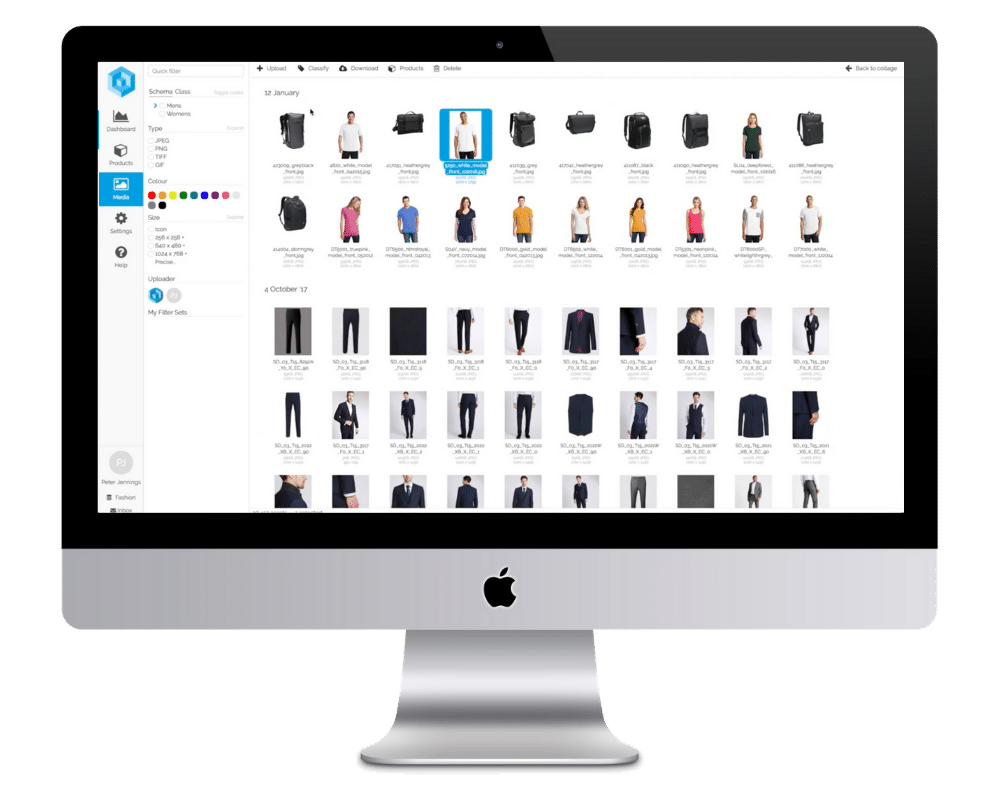Why Trusted Product Data Matters More Than You Think
In this post my goal is to make you question whether the product data in your business is really trusted and useful for your business when called upon – by showing you our journey to achieving the same at Exertis.
When I first encountered master data, back when I was working in merchandising and procurement, I assumed it was boring. But the more I collaborated with the centralised data function, the more passionate and inspired about it I became. Now I believe data is foundational to the success of any business – it’s the unsung hero few fully understand.
There’s really no limit to what you can do with full, accurate data. For example, at Exertis, we have a strong data science capability using data to ensure we are going down the right paths to keep growing and serve our customers. Also, providing accurate product data to our resellers is essential so they can do their jobs properly, and they rely on us having that data right from the start.
As Master Data Solutions Architect, my job is to take the crazy data dreams from across the business and make them reality – that is, while maintaining a clear vision of scalability and stable governance in the process. Master data teams are usually notorious for being the people who say “no”, but I like to run with the requests our teams give me as far as I can, until I can either make it work or prove, with tangible data, that it doesn’t.
“There’s really no limit to what you can do with full, accurate data” – Colin Pons | Exertis
Centralised Data? It’s Not Glamorous – But It Works
Working in master data can be a thankless task – but that’s often the point. When it’s done well, no one should notice. Systems work, orders flow, reports reconcile, and teams can get on with their day without having to ask where something is or whether it’s correct.
That doesn’t mean it’s easy. If the business makes a request that isn’t scalable or technically viable, it’s on us to clearly explain why – and just as importantly, document that in a way the business understands. The same is true when we can deliver – whether we match the brief exactly or need to adjust it to make it work better long term.
For me, there’s a quiet satisfaction in solving problems before they surface – in building processes that quietly prevent issues, rather than constantly reacting to them. It’s not always visible, but it’s deeply valuable. Knowing the data layer is solid means every other part of the business can move faster, with more confidence and less disruption.
Pimberly Testimonial: Liz Hale, Head of Master Data at Exertis
Making Master Data Work: The Power of a Good PIM
At Exertis, we’ve centralised our data by putting Pimberly’s PIM right at the front of how product data flows through the business. Everything comes into Pimberly first, where we curate it, govern it, and make sure it’s correct before it goes anywhere else.
That means when we update or enrich something in Pimberly, it automatically pushes out to all the other systems and teams that rely on it. It’s become our single source of truth, which has taken away a lot of the firefighting and made the whole process much more reliable.
One of the features I love the most about Pimberly is that if column labels match attribute labels, it automatically maps everything for you when you import data. If you’ve got everything labelled correctly, you just select the file, hit import, and that’s it – happy days.
I don’t think I could live without Pimberly’s decision tables and workflows, which are triggered on product creation, update or on specific attributes being changed. Those will populate some of the additional data we’ve already harvested and created within scalable data sets. By doing that, we’ve reduced the number of fields we need a supplier or someone in our commercial team to populate, because we can define a lot of them based on logic we’ve already determined up front.
Having all this in one place up front saves a lot of time – no more chasing and back-and-forth emails to find information like delivery lead times, who in the business will be handling purchase orders and general fixed data. All in all, this means speed to market is astronomically fast compared to what we had before. Previously it might have taken about a week or two for a new product to be visible on our web store – now we can do it the same day.
“Ultimately, data has to flow and the simpler you make that flow, the smoother everything else becomes.” – Colin Pons | Exertis
How Clean Data Transformed Decision Making
With centralised, well-governed data, the data science team can now focus their efforts solely on building more tangible reports. There was a recent requirement to create quite an extensive report on PC hardware that was Copilot-enabled.
The immediate knee-jerk reaction within the business was “all hands-on deck” – we need to go out to the hundreds of PC manufacturers we partner with to collect this information – which, of course, needed to be done “last week”.
As the team were describing what they needed to look at, I happened to be looking at a laptop product record within Pimberly. I realised that the new rich content we’d been able to collate included exactly the information we needed – it was already there!
I jumped in and said, “Just so you know, for all the PC hardware we’ve collected content for, we already have all this data.”
Suddenly there was just silence. I think that has never happened before in the organisation, where they needed to do something new, but we already had the data before they needed. It was quite a heartwarming moment to know we’d done something really great for the organisation.
Simplifying Compliance and Reducing Risk
Getting on top of our data chaos has also helped us better manage product data relating to dangerous goods and compliance. Just using data we’d already collected in Pimberly, we created quite an elegant data set that could automatically correct missing or incorrect dangerous goods data.
Previously, our trade compliance team had to manually source and populate data for every new product. Now, we provide them with complete product data upfront, so they can focus more of their valuable time on validation rather than data collection.
Mastering Product Data at Your Business
If you’re facing the kinds of challenges I mentioned earlier, my strongest recommendation is to establish a centralised product data hub, a true “single source of truth”, as the point where data first enters your organisation. For us, using Pimberly has transformed the way we manage product data. It’s allowed us to solve issues that were previously out of reach.
When dealing with complex technical products, the flexibility of Pimberly’s data models and decision tables has saved us countless headaches. I’ve yet to come across another PIM system that makes it so straightforward to build robust, scalable solutions so quickly. It’s intuitive enough for someone to get hands-on without needing weeks of training.
Beyond the tooling, one of the most valuable things anyone in master data can do is build connections across the business. As an introvert myself, I know that’s not always easy but stepping out of my comfort zone and engaging directly with every department has given me insight into the real pain points we can solve. These connections are also vital to understand the language each team uses. I’ve seen entire meetings derailed simply because different departments were using different terms for the same thing.
Ultimately, data has to flow and the simpler you make that flow, the smoother everything else becomes.













